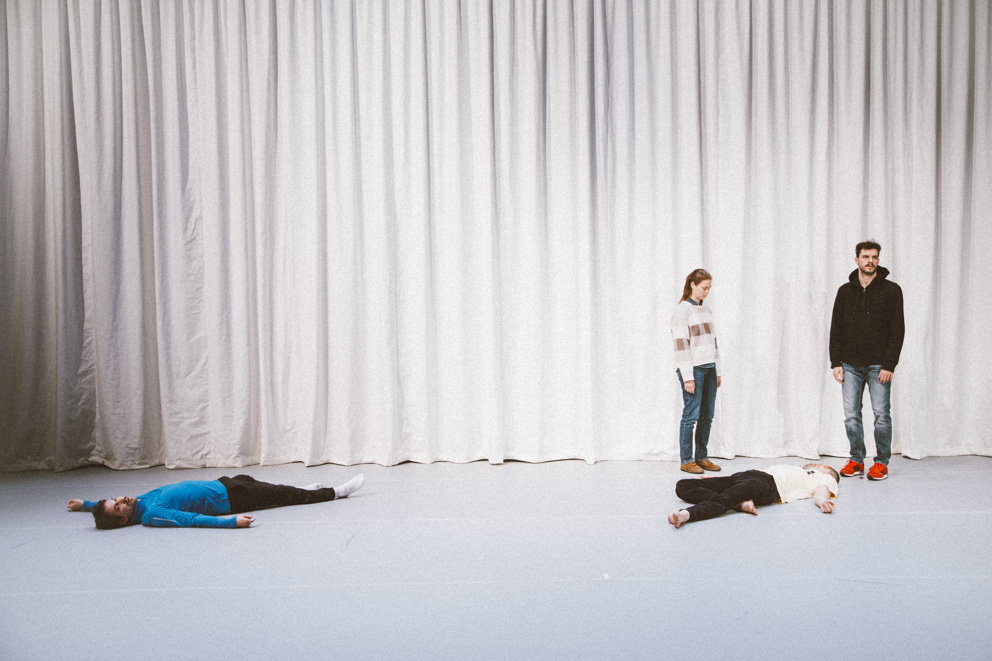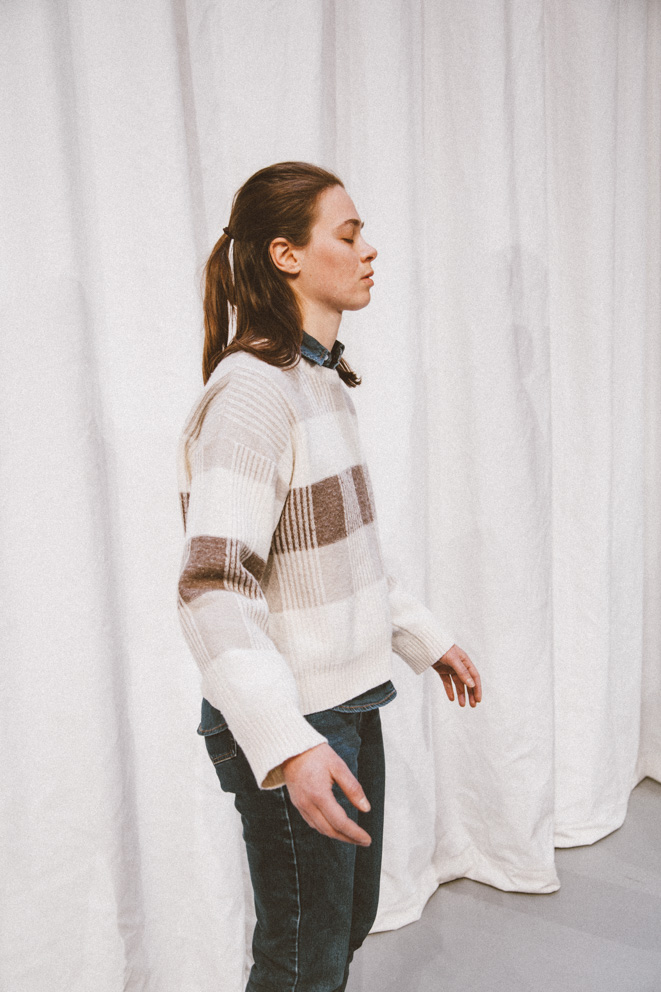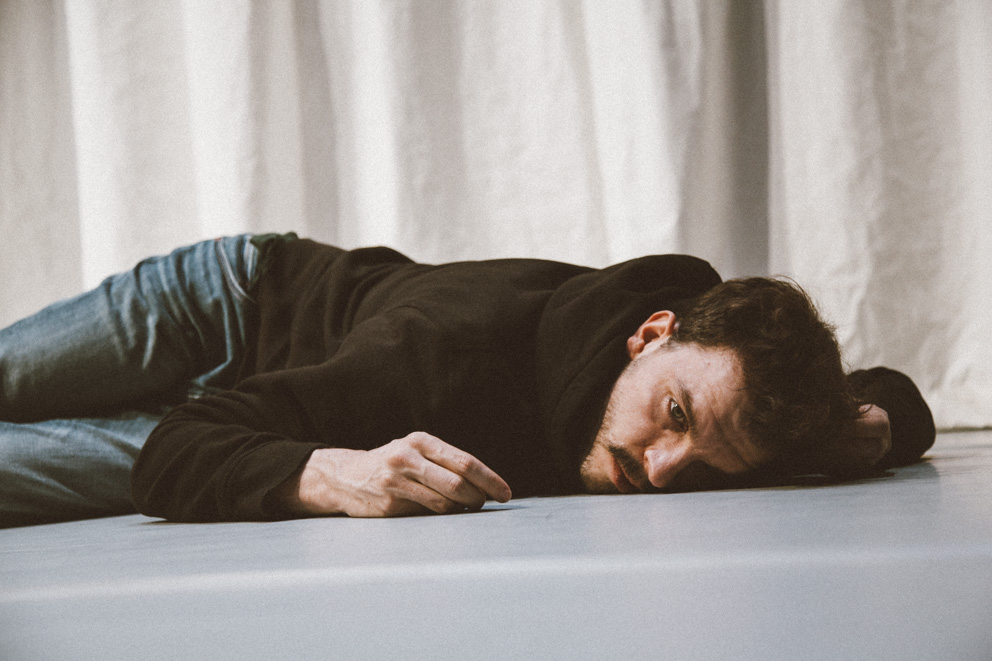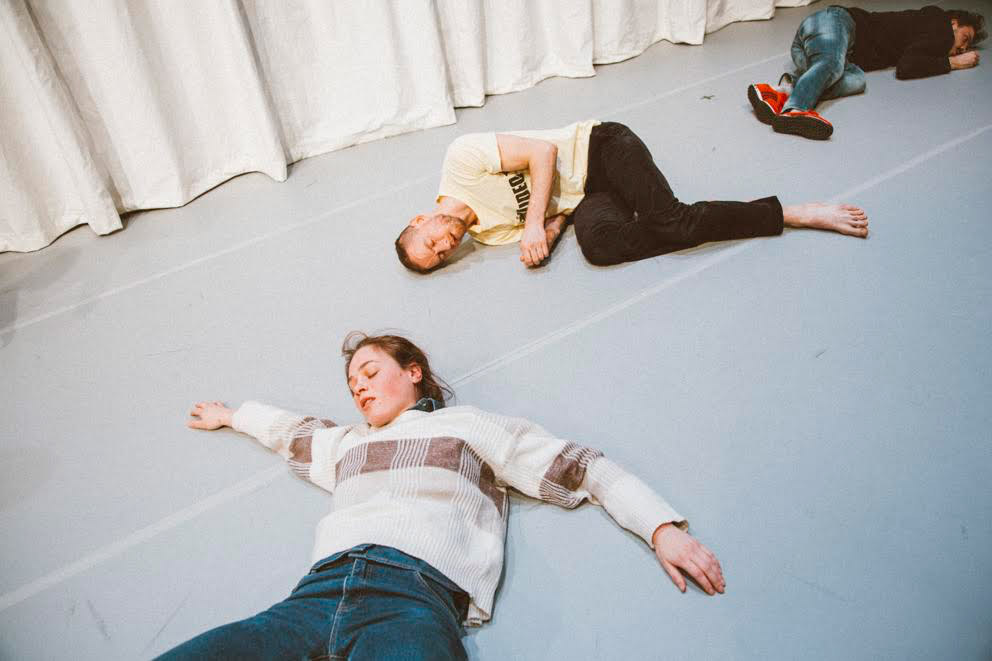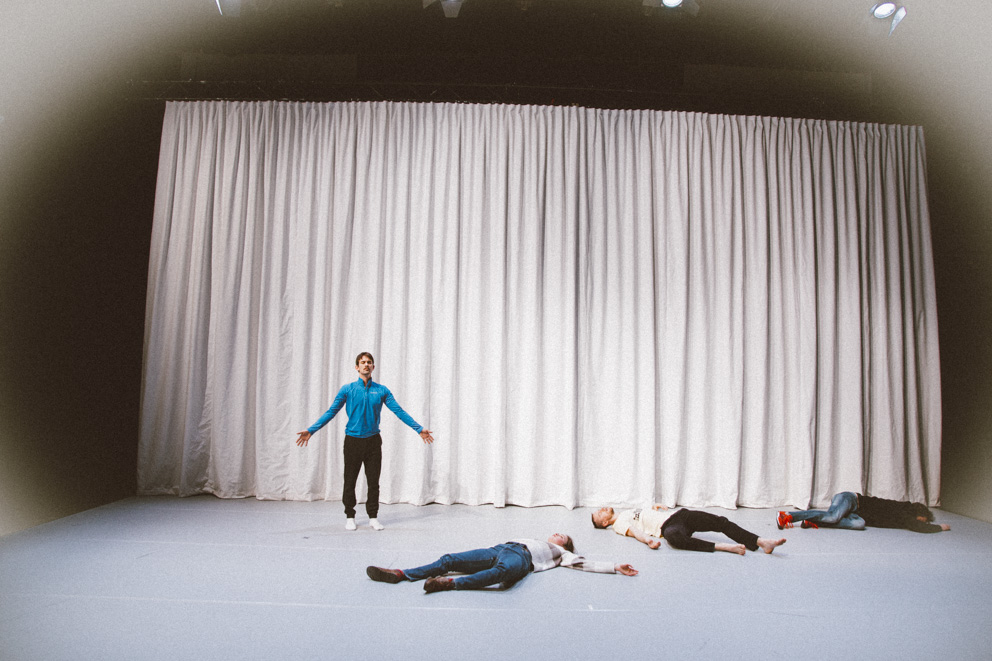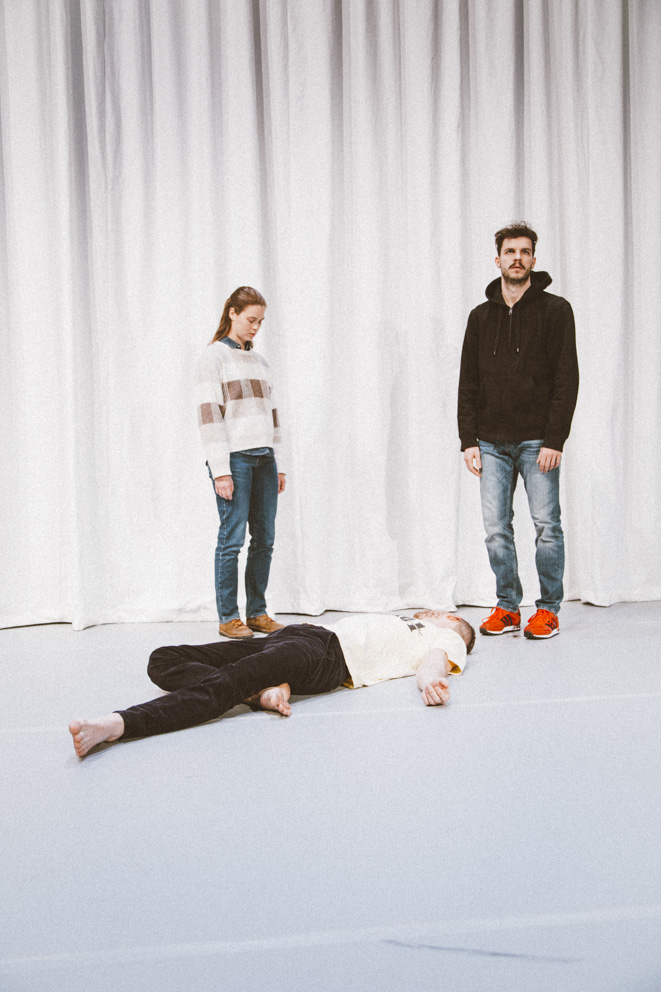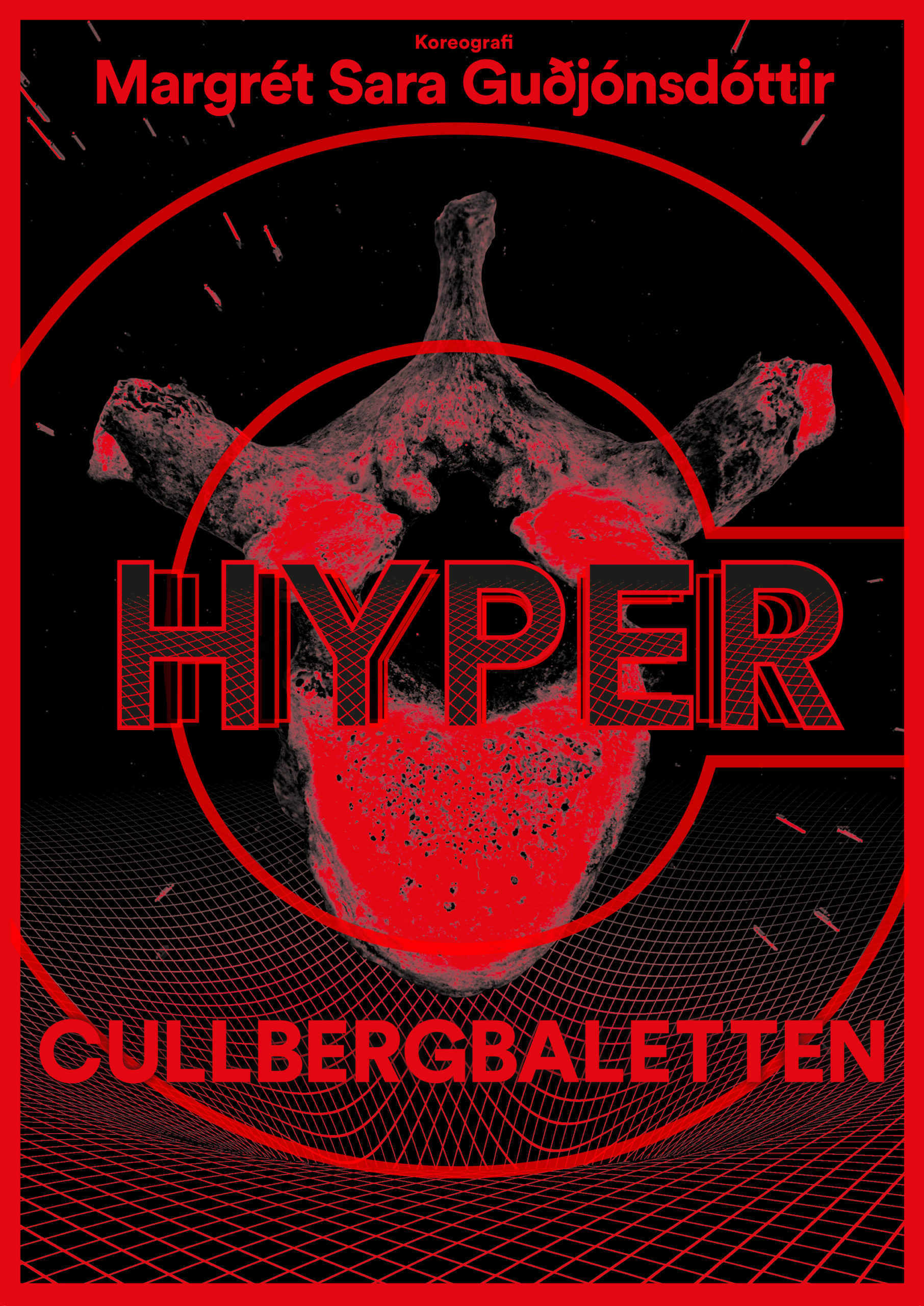HYPER (2017)- Cullberg Ballet
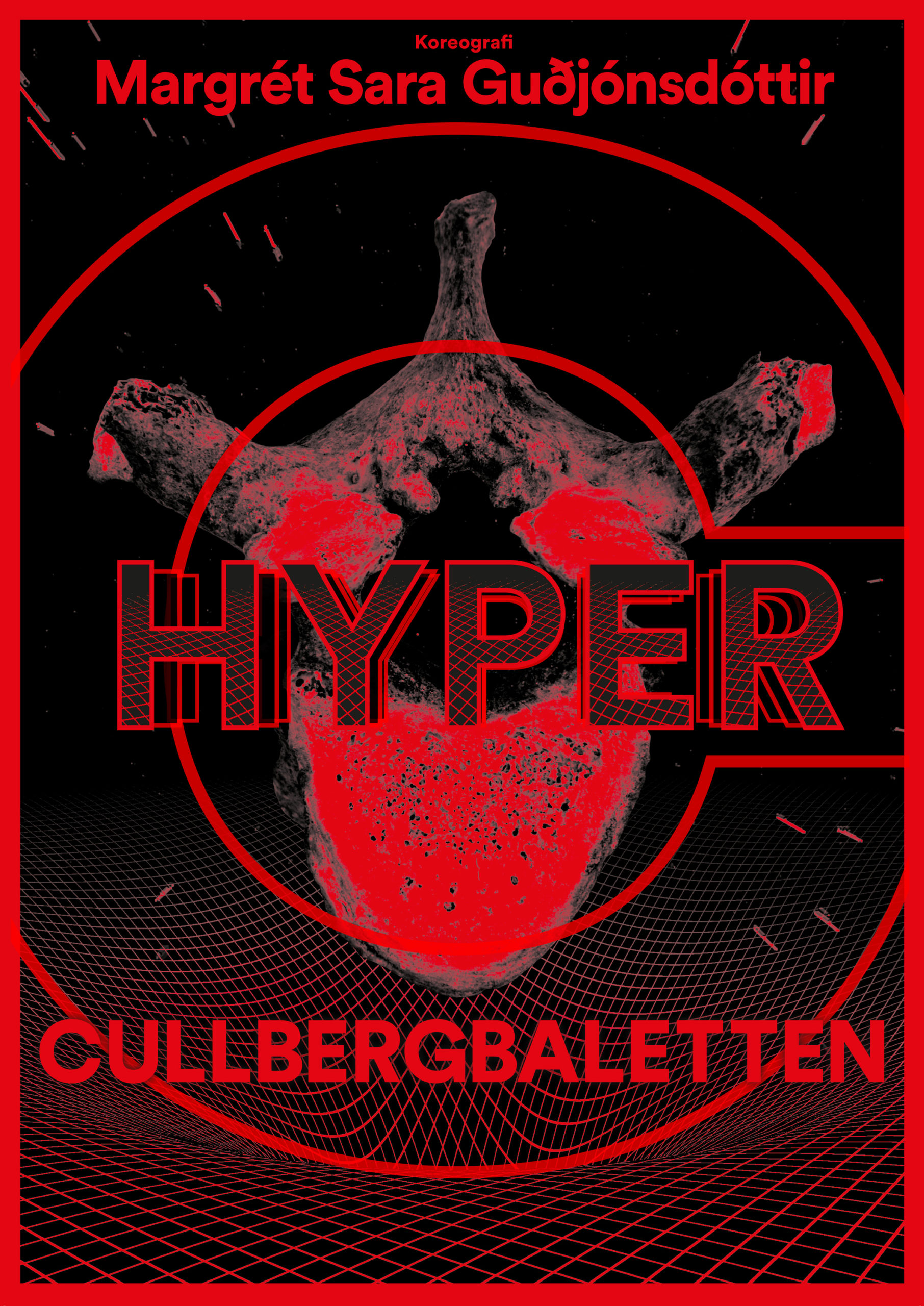
Synopsis & credits
“Papa says that I’m a golden child and the whole world’s gonna fall at my feet. It’s all coming to me.” Nathalie Merchant
With her new commissioned work, HYPER, Margret Sara Gudjonsdottir holds up a mirror to the hyper visual and rapid society we live in today, by dwelling on and inside the deep tissue, both of this very palpable reality and of the bodies living within it. Performed by four dancers of the Cullbergbaletten ensemble, the work portraits the essence of the grand human drama as a cry from the body. Emotions flush through this body without a filter, allowing the viewer to experience extreme sensorial states through the bodies of the dancers. The performance silently creeps under the audience’s skin, sliding around their inner spaces and confronting the surface as a gateway into what lies beneath and beyond our superficial facade. A disarming performance in its crisp stillness, the work offers access into the healing aspects of examining and confronting the inner reality of the de-bordered body, providing an alternative reality of the physical pleasure and pain that comes with diving into the HYPER states.
Choreography: Margret Sara Guðjónsdóttir/Music: David Kiers and MSG/Lighting design: Martin Beeretz/Dancers of Cullberg Ballet: Adam Schütt, Anand Bolder, Eleanor Campbell, Vincent Van der Plas. Produced by the Cullberg Ballet
Reviews
Cullbergbaletten’s “Hyper” is a remarkable, compelling masterpiece and a rumination on the “wired” nature of modern life. It is not to be missed, writes Örjan Abrahamsson.
While watching the performance I am struck and fascinated by Margrét Sara Guðjónsdóttir ’s choreographic consistency. This impression lingers after the curtain falls, as does my awe at the impressive concentration of the four dancers. I’m also left mildly amused, vaguely bored, and pensive – but not particularly interested, let alone moved. It is only later, as I make my way home – alone, having parted ways with my companion – that the performance’s magnetic force begins to sink in. Gradually, my intellect catches up with the intense, physical experience of the ballet. This makes “Hyper” a prime example of perhaps the most unique aspect of the greatest choreographic accomplishments. It takes a fair amount of time for the subconscious and the brain’s limbic system to communicate the physical body’s reactions to consciousness. When this connection finally occurs, the effect is overwhelming. Such is the case with “Hyper.” It is shocking. Long-acting. Let’s take it from the beginning.When taken at face value, “Hyper” is almost provocatively simple. The curtain rises on four dancers. Two are standing, while the other two lie on the floor. Their placement is reminiscent of a crime scene photo. Blue-white floors shimmer against a backdrop of white curtains. During the 50-minute performance, the dancers move convulsively in extreme slow motion. They are never more than three meters from their starting points, yet some small part of their bodies remains in constant motion. It is as if they are trapped in setting cement.
Aside from four short song clips, “Hyper” is accompanied only by Tibetan throat singing – strange, discordant, and vaguely synthetic. That is all. Yet this is a hyper-professional performance. It is not without reason that Guðjónsdóttir has become one of the decade’s most acclaimed and sought-after choreographers. Her work is highly conceptual, yet at the same time, it is of course fundamentally based in the human body. This dichotomy can be seen in Guðjónsdóttir ’s early solo, “Soft target,” (DN 14/10, 2012) which “Hyper” resembles in many respects. At the same time, it is a completely different work. Both works are based in the existential, but “Hyper” is also a chamber play about the shortcomings of social life.
As with all significant works of art, “Hyper” leaves room for layer upon layer of interpretation. Personally, I find myself hung up on the dystopian undertones of the performance – on its questioning of how today’s stressful news cycles, our inextricably wired lives, and social media affect us. Of how they affect mankind. Rather than increasing our freedom, this interconnectivity creates a lack of patience that is effectively portrayed by the physically stammering, even catatonic individuals on the stage. They also appear unable to communicate with each other. At the same time, Guðjónsdóttir offers hope. She demonstrates and reminds the spectator of the sensational physicality of the human body, and, if only we are attentive enough, of its unmistakable presence. In the best case scenario, it is only when we see and recognize our own (and contemporary society’s) spastic condition that we can “chill out,” relax, and be freed. In short: “Hyper” is a stunning, captivating masterpiece. It is not to be missed.
01.03.2018 Örjan Abrahamsson, Dagens Nyheter, Stockholm


